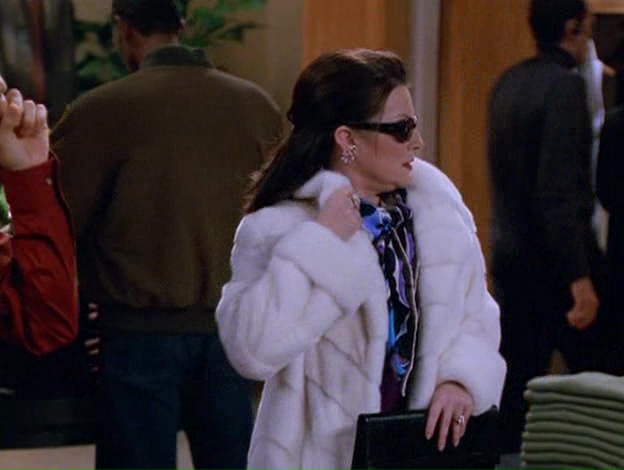The 3.4 Billion Dollar Man - The 007 juggernaut racks up another box office hit as weekend receipts show Die Another Day enjoyed the biggest opening of any Bond flick in the series' 40-year history. DAD also appears to be somewhat of a critical success, garnering kudos from the NY Times and others. (The WSJ and the Washington Post respectfully disagreed). To what can we attribute the continuing ability of the franchise to flourish? Well, it sure ain't the Madonna cameo.
I thought the movie was decent, even if the Journal got some criticisms right. Getting my nitpicks out of the way first: The badguy's doomsday device was not one of the better ones 007 has foiled. I also agree that, at times, the digital and other special effects were "remarkably tacky." (Isn't there enough room in a $115-145 million budget for top-shelf F/X?) Halle Berry seems to have studied prior Bond women a little too closely. Despite Berry's protests, viewers will find her Jinx character mostly came across like a supermodel trying (and failing) to be butch. She does do somewhat better in the catfight against the villain's henchwoman in the final scene. Overall, however, Jinx is no La Femme Nikita, and rumors of using her as the basis for a Bond spin-off seem premature.
Many pieces of the familiar Bond formula -- the gadgets, the cool cars, the chases and the product placement -- were reassuringly present, but the film also takes a few risks that I find interesting. After his release from a North Korean prison camp, the usually dapper Bond comes out looking so unkempt and bedraggled that he could have been John Walker Lindh's Afghan cellmate. Even after getting cleaned up, Pierce Bronsnan's 007 is something of a throwback to the Sean Connery Bonds of the Sixties. That begs the question, can untrimmed chest hair and a slight paunch be considered sexy under modern rules of Hollywood masculinity? I would personally think so, but the contrast with the hyper-taut Halle Berry is striking. (Past Bond women tended to be more curvy than muscular, which made them a better fit with Connery.) Also, I had fun trying to pick out some of the many other references to earlier Bond movies.
It's getting harder and harder for Hollywood to find enemies for Bond in the modern world. (9/11 notwithstanding, the Islamo-fascists seem to be protected these days by a veil of geopolitical correctness.) The Red Chinese and even the Cubans come across in the film more or less as friendly competitors. One simple solution -- use the Koreans. Because they are divided north-south into good guys and bad guys, you can't associate a race with evil, just the politics. But even in this case, the villian ends up being a traitor to his countrymen, who it seems are working diligently to secure better relations between North Korea and the West. (Back in the real world "friendly" North Koreans are so last week -- but they may be next week too, so who knows?) The script also has our villain making money off conflict diamonds. Hello? How wonkish can you get? How many moviegoers even know what those are?
One other minor complaint: The crappy theater where I saw Die Another Day had the sound volume pumped up about 50% too loud. (God, am I getting that old?) I still managed to enjoy the flick overall. Final rating: B+. (But what did Donald Wildmon think?)


<< Home